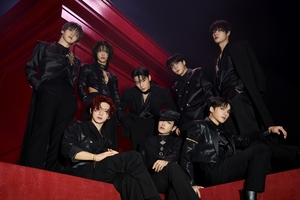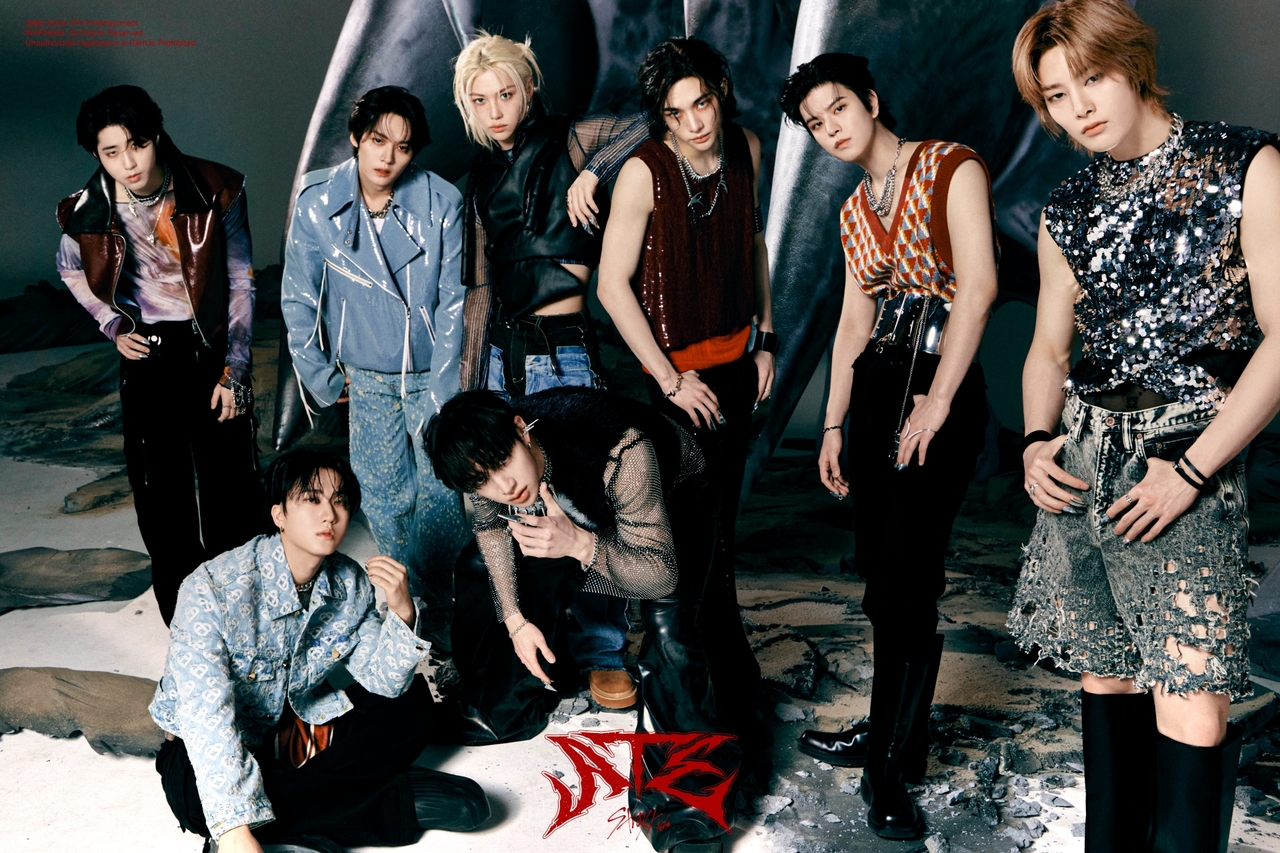
Idol groups turn to overseas markets as saturation in Korea makes domestic success harder to achieve, say critics
In the age of global K-pop, not all idol groups shine equally at home and abroad. Fans and insiders are describing a growing number of acts as “export-oriented idols” — groups who debut in Korea but quickly shift focus to international activities due to lackluster local reception.
While some idols still enjoy popularity across the board — such as BTS and Blackpink, who command massive fan bases both in Korea and worldwide — others are far more prominent overseas than they are domestically.
Groups like Dreamcatcher, ARTMS, Kep1er and Enhypen have built their careers largely through global tours and overseas fandoms, with limited exposure or fanfare within Korea.
Even Stray Kids and Ateez — among the most visible K-pop groups in the US and Europe — perform primarily in overseas stadiums while maintaining a relatively smaller presence locally.
The disconnect has sparked questions about why some idol groups appear to “skip” Korea entirely, despite being products of its music system.
According to music critic Lim Hee-yun, the divide is rooted in how the industry has evolved.
“The overseas K-pop market has grown dramatically, while the domestic one is shrinking,” Lim said, Friday. “In Korea, competition is too fierce. New idol groups debut constantly and general interest in idols has declined.”
Lim points to shifts in listening habits as part of the problem.
“Unless you’re in the top five, it’s hard to chart or create buzz. Fans are more likely to stick with artists they already follow or stream songs recommended by algorithms. The days when a new idol group could instantly become a public sensation are gone.”
This saturation has made the Korean market harder to penetrate, particularly for mid-tier or rookie groups.
“Some major agencies have idols whose overseas revenue accounts for 70 percent of their total,” Lim said. “Naturally, those groups prioritize international tours and promotions.”

An executive at an indie K-pop agency who spoke on condition of anonymity echoed this view, adding that the marketing strategy varies by company size.
“For major K-pop agencies (like SM, JYP and YG Entertainment), the model is to build a strong local fan base, then expand to Asia and beyond,” he said. “But for smaller agencies, it’s often more effective to aim directly at overseas audiences.”
The executive cited Ateez of KQ Entertainment as a clear example.
“They’re not from a major company, but by targeting global fans from the start, they built a sustainable fandom abroad. Now they’re doing world tours with far more impact than their domestic engagements.”
Girl group Fifty Fifty’s breakout hit “Cupid” wasn’t initially designed for the Korean market, the insider said.
“We saw that overseas fans responded well to a track from its first EP … So we used that as a reference and deliberately created a song targeting American teens. That’s how ‘Cupid’ came about — with support from Warner Music to push it globally.”
Still, the divide between domestic and overseas success raises questions about the long-term sustainability of this model.
“The K-pop industry is in an oversupply crisis,” Lim said. “Too many acts, too few consumers. If the bubble bursts, and it might, only groups with solid backing or loyal fan bases will endure.”

